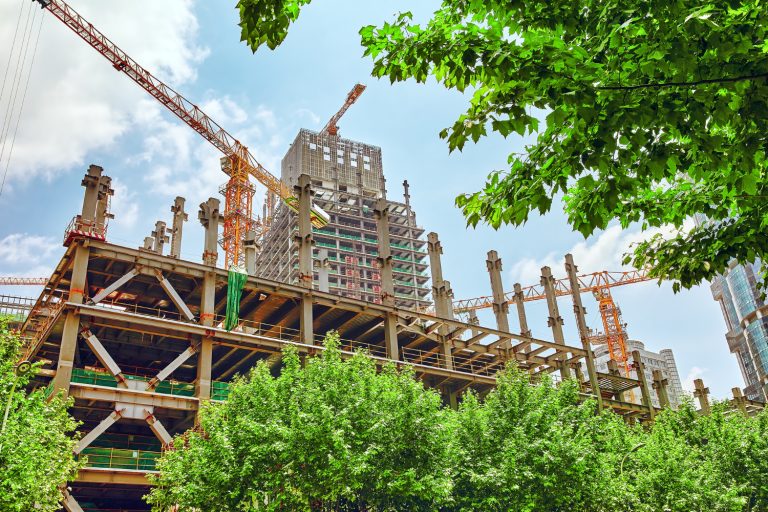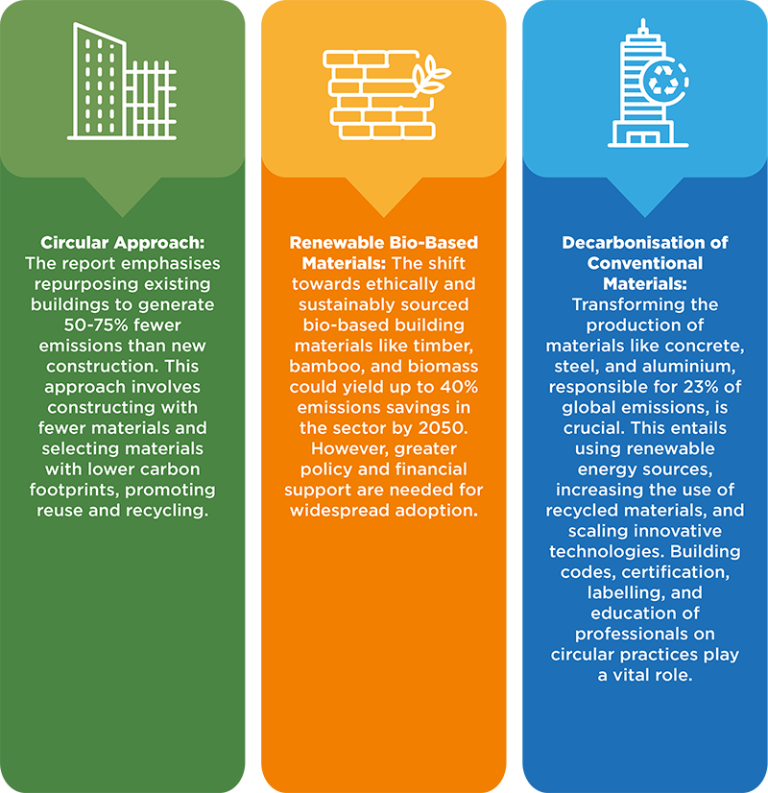
Rapid global urbanisation, resulting in the addition of building structures equivalent to the size of Paris every five days, underscores the urgency of addressing the construction sector’s significant carbon footprint. This industry already contributes to 37% of global emissions.
A report jointly published by the UN Environment Programme (UNEP) and the Yale Center for Ecosystems + Architecture (Yale CEA) within the Global Alliance for Buildings and Construction (GlobalABC) now offers crucial solutions to decarbonise construction and minimise waste.
Titled “Building materials and the climate: Constructing a new future”, this report provides policymakers, manufacturers, architects, developers, engineers, builders, and recyclers with a three-pronged strategy to reduce “embodied carbon” emissions and minimise adverse impacts on natural ecosystems stemming from building materials production and deployment.

The report underscores that the implementation of this “Avoid-Shift-Improve” solution throughout the building process is essential to slash emissions and protect human health and ecosystems. Furthermore, it recognises the need for sensitivity to local cultures and climates in implementing these changes.
“Until recently, most buildings were constructed using locally sourced earth, stone, timber, and bamboo. Yet modern materials such as concrete and steel often give only the illusion of durability, usually ending up in landfills and contributing to the growing climate crisis,” said Sheila Aggarwal-Khan, Director of UNEP’s Industry and Economy Division.
“Net zero in the building and construction sector is achievable by 2050, as long as governments put in place the right policy, incentives and regulation to bring a shift in industry action,” she added.














